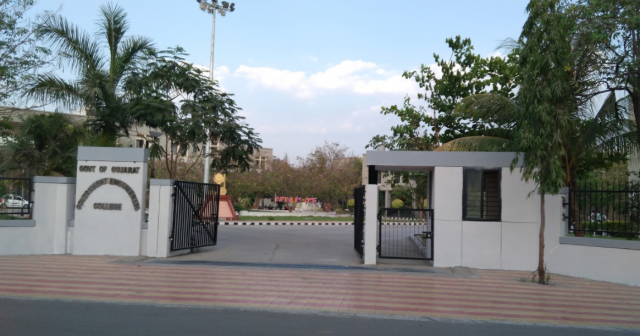Rajiv Gandhi University of Knowledge Technologies (RGUKT) Srikakulam Campus has steadily built its placement framework since its establishment in designed primarily to empower rural youth through integrated B.Tech programs, the institution combines rigorous academics with practical industry exposure. While still evolving in its placement trajectory, RGUKT Srikakulam demonstrates promising growth in connecting students with employment opportunities, particularly in core engineering sectors. The university’s placement outcomes vary across disciplines, reflecting broader industry demands:
Table of Contents
RGUKT-Placement Overview
| Branch/Course | Average Package (LPA) | Highest Package (LPA) | % Placed / No. Placed | College Average Placement (LPA) | Additional Info | Student Review on Placement Data |
| Computer Science and Engineering | 4.5 | 12 | 75% | 4 | Major recruiters: Infosys, TCS, Wipro, Capgemini | Good placements in IT companies |
| Electronics and Communication Engineering | 4 | 10 | 70% | 4 |
Computer Science and Engineering (CSE) leads in placements, with 75% of students securing roles at an average of ₹4.5 LPA and peaks of ₹12 LPA. Major IT recruiters like Infosys, TCS, and Wipro consistently participate, underscoring the program’s alignment with industry needs. Electronics and Communication Engineering (ECE) follows closely, with 70% placement rates and packages averaging ₹4 LPA, reaching up to ₹10 LPA. These figures indicate a stable foundation, though opportunities for higher-tier companies remain an area for development.
RGUKT-Placement Process and Recruiter Engagement
RGUKT Srikakulam employs a structured placement cell that coordinates training, internships, and recruitment drives. Pre-placement workshops focus on technical aptitude, communication skills, and interview readiness. While established IT firms dominate recruitment, emerging collaborations with electronics and core engineering companies are expanding opportunities. The university actively hosts on-campus drives, though off-campus partnerships with regional startups and SMEs also supplement placement diversity.
RGUKT-Infrastructure and Academic Support
Academic rigor at RGUKT Srikakulam complements placement preparedness. The curriculum emphasizes hands-on learning through well-equipped labs in CSE, ECE, and mechanical engineering, though occasional resource limitations are noted. Faculty mentorship plays a critical role, with instructors guiding projects and skill development. However, infrastructure challenges such as intermittent internet connectivity and hostel facilities requiring upgrades impact holistic training. Despite this, laptop provisions and daily data allowances facilitate digital learning.
RGUKT-Industry Alignment and Career Pathways
Graduates from RGUKT Srikakulam typically enter IT services, electronics manufacturing, and automation sectors. The university’s focus on rural talent aligns with national initiatives like Skill India, enhancing employability for underserved demographics. Industry trends show growing demand for embedded systems engineers (ECE) and full-stack developers (CSE), positioning students for roles in IoT, AI, and telecommunications. Career progression often includes higher studies or specialized certifications, with alumni increasingly pursuing M.Tech programs at institutions like IITs and NITs.
RGUKT-Challenges and Growth Trajectory
As a relatively young institution, RGUKT Srikakulam faces hurdles in attracting top-tier multinational corporations. Placement data suggests a reliance on mid-tier IT and local enterprises, with limited global tech giants participating. Infrastructure constraints, including lab equipment maintenance and seasonal water shortages, further challenge consistent industry engagement. Nevertheless, strategic initiatives such as expanding recruiter networks, strengthening industry-academia partnerships, and enhancing soft-skills training are prioritized to elevate placement metrics. RGUKT Srikakulam’s placement narrative is one of incremental progress, leveraging its rural-education mandate to build a technically competent workforce. While not yet a frontrunner in elite placements, its integrated approach and commitment to accessible education lay a resilient foundation for future growth. Continuous improvements in training quality and corporate linkages are poised to unlock higher placement ceilings in coming years, aligning with India’s broader engineering employment landscape.

